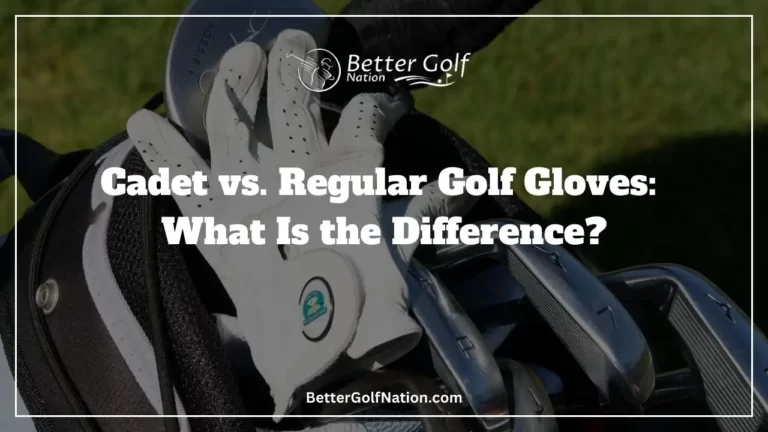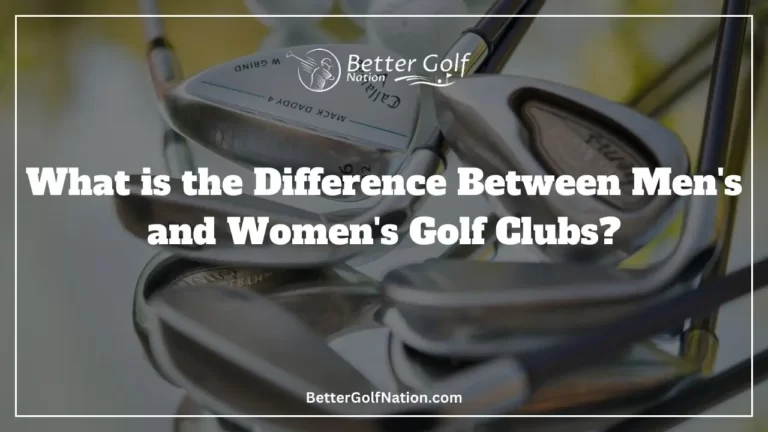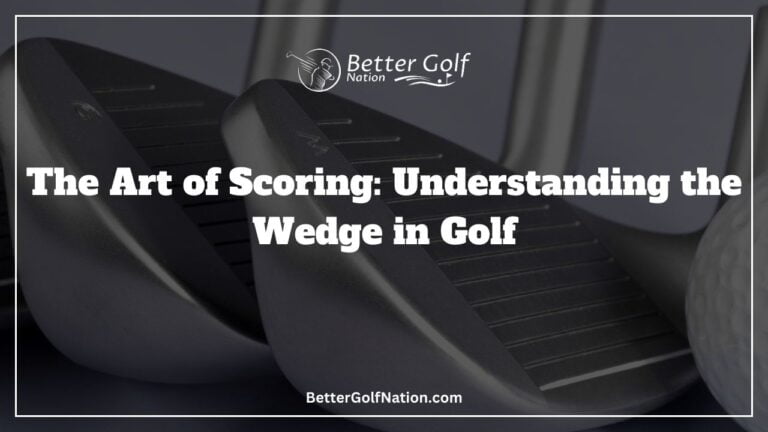Fairway Wood Face-Off: 3 Wood vs. 5 Wood vs. 7 Wood
- Last updated on January 31, 2024
- Toni Benedito
- Golf Equipment & Gear, Blog
Choosing between a 3-wood, 5-wood, or 7-wood hinges on understanding their unique characteristics and their suitability for different shot scenarios. Generally, a 3-wood is used for fairway shots, offering control and distance, while a 5-wood has more loft and is ideal for situations requiring more height. The 7-wood, with even more loft, is perfect for golfers needing heightened shots or desiring a club with greater forgiveness.
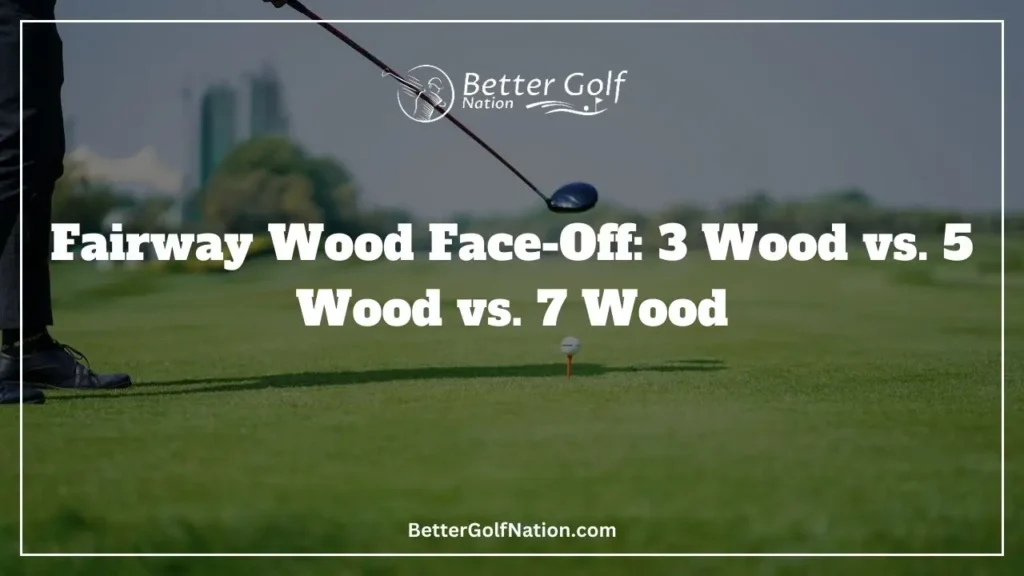
Key Takeaways
- Understanding the differences between 3-wood, 5-wood, and 7-wood is crucial for effective club selection, considering factors like loft, forgiveness, and ease of use.
- The 3-wood is renowned for its versatility and distance capabilities, making it an excellent choice off the tee or from the fairway. It offers good accuracy and consistency.
- The 5-wood is a versatile club, providing a balance between distance and control. Its smaller head size allows for better accuracy, making it suitable for various golf shot scenarios.
- The 7-wood, with its higher loft, is ideal for getting out of tough lies and providing ample distance. It’s forgiving and easier to use, making it a valuable addition for players struggling with long irons.
- Consider factors like comfort, golf shot scenarios, and individual needs when selecting between 3-wood, 5-wood, and 7-wood. Club matching, experimenting with different woods, and testing out loft options can enhance your decision-making process.
Introduction
While the driver may be the most iconic club in a golfer’s bag, the woods are just as important when it comes to getting good distance and accuracy on your shots.
There are many types of woods to choose from, but three of the most popular are the 3-wood, 5-wood, and 7-wood. While these clubs may seem similar at first glance, they each have unique characteristics that make them ideal for different golf shot scenarios.
At their core, all woods share a basic design: a large round head made out of wood or metal attached to a longer shaft. However, there are some key differences between each type of wood that can make or break your game, depending on the situation.
For example, the 3-wood is often considered “fairway wood” because it is commonly used for shots off the fairway. Its shorter shaft and smaller head size make it easier to control than a driver while still providing good distance.
Enjoying this article? Read more:
Check out this video below from AlexElliottGolf‘s YouTube channel:
The 5-wood is similar in many ways but has slightly more loft than the 3-wood, which makes it ideal for situations where you need more height on your shots, such as when you’re trying to hit over trees. The 7-wood takes things even further, with even more loft than either previous club in this family.
This makes it ideal for golfers who struggle with getting enough height on their shots or who prefer an easier-to-hit club with greater forgiveness. When considering which club(s) to buy for your bag, understanding these differences can help you make an informed decision about what will work best for you based on yardage gaps between clubs in your bag/carry distance, accuracy, etc. Additionally, some golfers find hybrids easier to use in some situations than any other type of fairway wood, so including hybrids in this conversation is also relevant.
In the next sections of this article, we’ll take a closer look at each type of wood and explore their specific uses in more detail, as well as discuss some common misconceptions about golf woods. By the end of this article, you should have a better idea of which club(s) will work best for your game and how to use them effectively on the course.
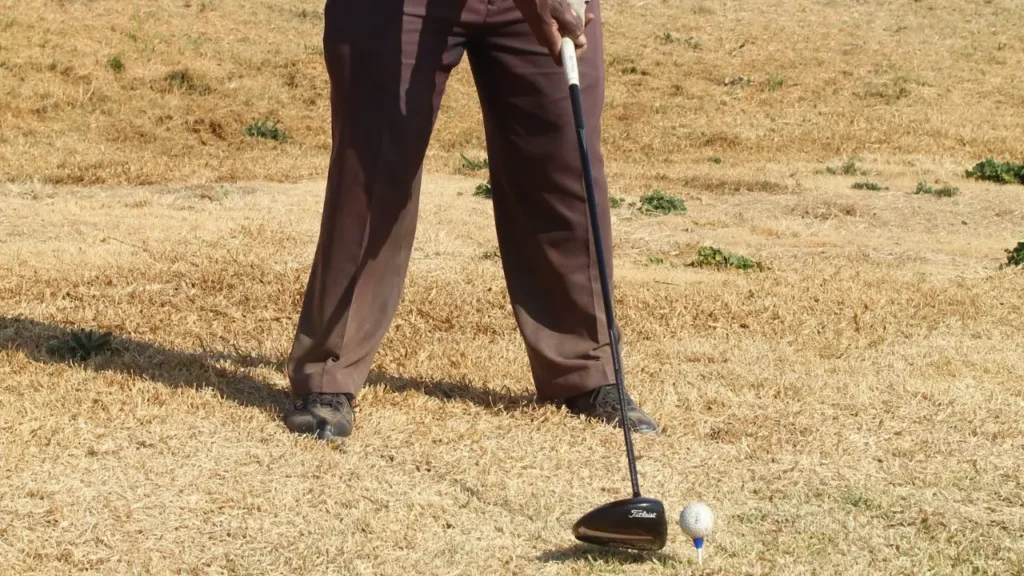
Understanding Golf Woods
Golf woods are an essential part of any golfer’s equipment options. They are available in different types, including fairway woods and drivers, each with its own unique features and purposes.
In this article, we will be focusing on fairway woods, specifically the 3-wood, 5-wood, and 7-wood. Unlike irons that have a flat clubface and small clubheads for better control over hitting distance and ball flight, fairway woods have larger clubheads with rounded corners to help players hit the ball off the ground more easily.
They also have more weight at the bottom of the clubhead to help golfers get more lift on the ball. Compared to drivers that require high clubhead speed for optimal performance, fairway woods are easier to hit thanks to their shorter length.
However, they may not be as forgiving as hybrid clubs because they do not perform well when used in rough or tight lies. One crucial factor when it comes to understanding golf woods is club matching.
This concept means that each player should consider their performance level and hitting distance before selecting a particular type of wood for their game. For example, if you can hit your driver consistently yet struggle with control off the tee or want a less risky option on tight holes or short par fours, then a 3 wood may work well for you as it offers greater control than a driver while still providing decent hitting distance.
"Golf woods, including the 3-wood, 5-wood, and 7-wood, are essential for players. Unlike irons, these larger, rounded clubheads aid in better ball contact. Club matching, considering performance levels, guides optimal choices for control, distance, and shot versatility, enhancing on-course performance."
On the other hand, if you tend to struggle with hitting distance but need something reliable off-the-tee, then opting for a 5 wood might be an ideal choice; its smaller head size makes it easier to swing while generating higher loft and longer carry distances than a 3 wood—this can make all the difference when trying to reach longer par fives in two shots or lay-up short of hazards on doglegs. Is the situation element—what kind of shots do you need from your fairway wood?
If you want something more versatile for toying around the greens or getting out of a bunker, then a 7-wood might be the perfect fit. It provides a higher loft than both 3 and 5 woods, which will help you get under the ball and have it land softly on the green.
Overall, understanding golf woods can significantly improve your club selection and performance on the course. Whether you’re hitting off the tee or going for distance from the fairway, knowing how each type of wood performs can make all the difference in your game.
Enjoying this article? Read more:
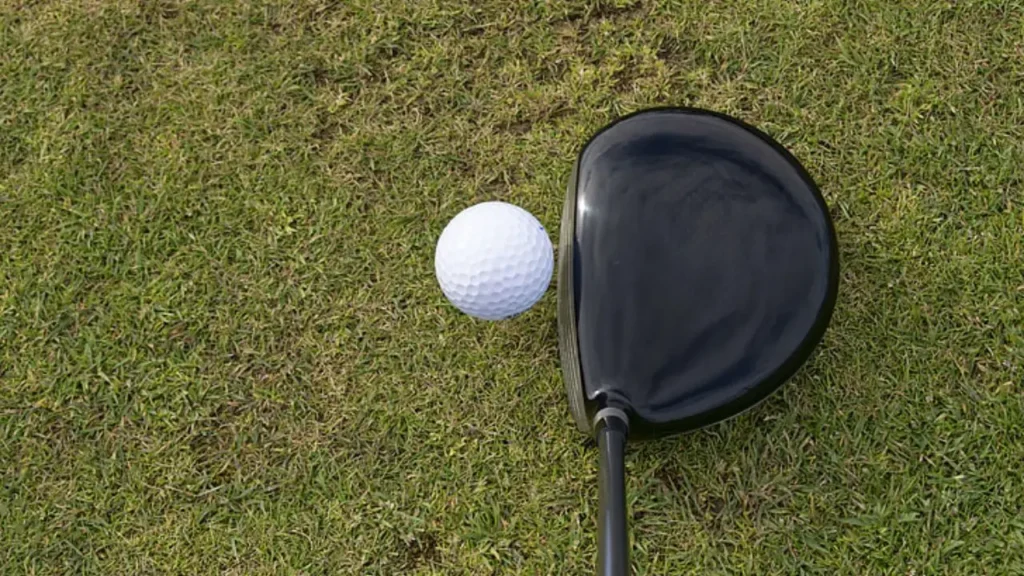
3 Wood: Overview and Uses
The 3-wood is a popular choice among golfers because of its versatility and distance capabilities. As one of the longest fairway woods, it’s ideal for hitting off the tee or from the fairway, especially when trying to reach a par 5 in two shots. Many golfers prefer to use a 3-wood as their primary driver because it offers more accuracy while still providing a decent distance.
The smaller clubhead size of the 3-wood makes it easier to control, allowing for better shot accuracy and consistency. When hitting long approach shots into greens, the 3-wood can be used to achieve impressive results.
Its higher trajectory compared to longer irons gives you more stopping power on the green, making it easier to control your shots from far out. One key difference between the 3-woods from different brands is their level of forgiveness.
Some have larger sweet spots and more forgiving clubfaces than others, which can make a significant difference in performance for golfers with varying levels of skill. In terms of ease of use, many golfers find that hitting a 3-wood is much simpler than hitting a driver.
Because it has less loft than a driver, it’s easier to get airborne and keep straight on off-center hits. Overall, if you’re looking for an all-around solid choice for your fairway woods collection, you can’t go wrong with a good-quality 3 wood.
It offers great distance potential while still maintaining control and accuracy in various situations on the course. Try out several options and models through head-to-head testing or by reading online reviews on Reddit before deciding which one works best for your unique swing and playing style.
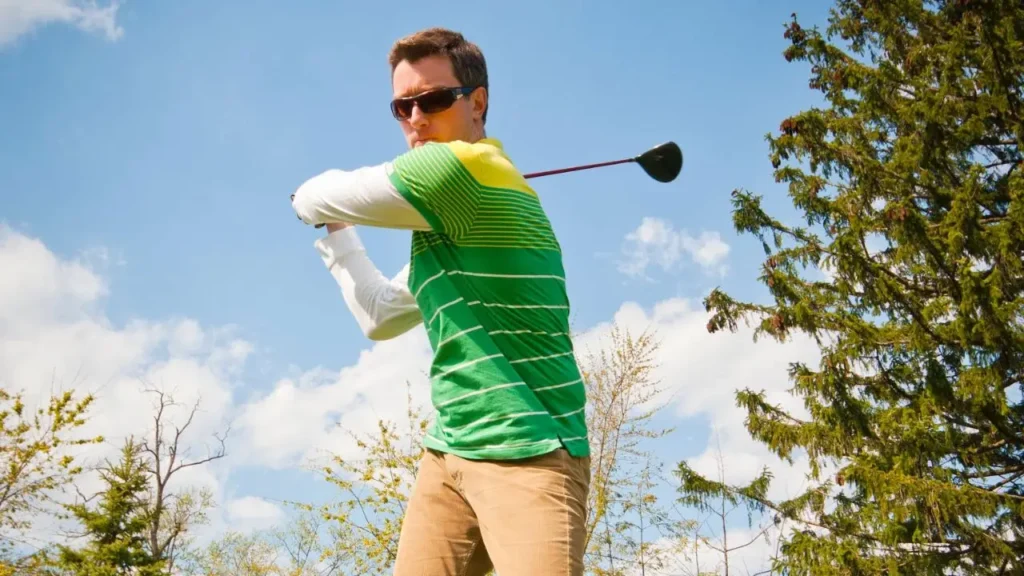
5 Wood: Overview and Uses
The 5-wood is a versatile club that should be in every golfer’s bag. It’s the perfect choice for those shots where a 3-wood is too much and a 7-wood won’t quite cut it. The clubhead of the 5-wood is smaller than the 3-wood, which allows for more control over the ball’s flight.
Hitting with this club feels comfortable and can give you more distance than using an iron. One of the main uses of the 5-wood is hitting off the fairway.
Unlike a driver or even a 3-wood, a well-struck shot with a 5-wood produces less spin on the ball and offers better accuracy on tight fairways. The smaller head size also makes it easier to hit off tight lies compared to other fairway woods.
The distance potential of a well-hit shot with this club should also not be underestimated. Some golfers can hit their five woods as far as their three woods, if not farther, even when playing in high roughs or gradient terrains, thanks to their ease of use and excellent feel.
In head-to-head tests, comparing the distances between hitting with fairway woods and irons from similar yardages shows that hitting distance can increase by at least ten yards when using fairway woods such as a well-matched 5 wood. This is particularly true for golfers who struggle to get enough height on their shots using longer irons.
It’s important to note that many golfers believe that they need to carry both a 3-wood and a 5-wood in their bag because they assume that there’s only one yardage requirement between these two clubs, but this couldn’t be further from reality. While both clubs have almost identical lofts, they produce different ball flights, which means one may suit your game better than the other will.
When thinking about adding any club like these sets of woods to your golf bag, club matching should be a priority. It’s essential to ensure that the flex of your fairway woods matches the rest of your set.
A well-matched set of clubs will not only produce better results in terms of distance and accuracy but will also give you more confidence with each club in hand. Overall, the 5-wood is an excellent choice for players who want more distance than an iron without sacrificing control or accuracy.
Its ease of use and versatility make it a great option for golfers of all skill levels, making it a common recommendation on sites like Reddit’s r/golf channel when discussing golf club comparisons and recommendations. The 5-wood is a true workhorse that can help improve any golfer’s game.
Enjoying this article? Read more:
Check out this video below from TaylorMade Golf Europe‘s YouTube channel:
7 Wood: Overview and Uses
The 7 wood, like the 3 and 5 woods, is a part of the family of golf clubs known as fairway woods. The 7-wood has a loft angle that ranges between 20 and 22 degrees. The club head of this fairway wood is smaller than that of the driver but larger than the heads found in hybrids.
For those who are looking for a club to hit from the fairway or rough, the 7-wood can be a great option. The loft angle is perfect for getting out of tough lies while still providing enough distance to make it to the green.
Players who have trouble hitting long irons may also find that using a 7-wood can help them carry more distance. Some golfers prefer to use a 7-wood over their hybrid due to its ease of use and hitting distance.
While hybrids are designed to replace traditional long irons, they require more skill and practice to hit well. In contrast, the larger head size and shorter shaft length on a 7-wood make it easier for players who struggle with their long game.
When considering equipment options, many golf club brands offer quality 7-woods, such as TaylorMade, Callaway, Titleist, and Cobra. It’s important to test out different clubs before making a purchase decision, as each brand offers unique features that may suit different playing styles.
In terms of hitting distance, players should expect their shots with a 7-wood to travel farther than their traditional irons, but not quite as far as their driver or even their 3 or 5-wood. However, this club can still provide ample distance when used in certain golf shot scenarios.
Overall, the differences explained between using a driver versus using fairway woods versus using hybrids make it clear why adding a trusty fairway wood like the mighty little brother in this family—the five-wood—or indeed its slightly smaller cousin—the seven-wood—to your golf bag might make all the difference in your game. Whether you’re looking to increase distance, accuracy, or versatility, there’s a fairway wood out there for every type of player.
Enjoying this article? Read more:
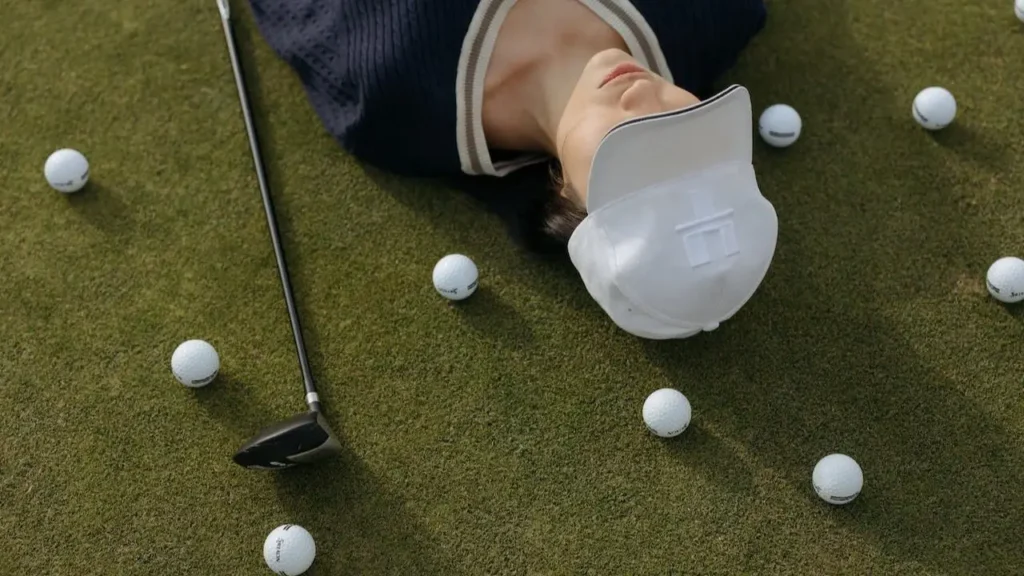
Comparing 3 Wood, 5 Wood, and 7 Wood
When deciding between a 3-wood, 5-wood, and 7-wood, it’s important to understand the differences in their clubhead design, loft angle, and length. Each type of wood has its own unique strengths and weaknesses that can greatly impact your game. The 3-wood is typically known for its distance capabilities.
With a lower loft angle than the 5 or 7-wood, the 3-wood can help you achieve longer shots off the tee or from the fairway. However, it requires a higher clubhead speed and more accuracy to be used effectively.
This makes it ideal for experienced golfers who are confident in their swing. On the other end of the spectrum is the 7 wood.
With a higher loft angle than both the 3 and 5 woods, this club is designed to provide better control and accuracy on shorter shots. It’s easier to hit consistently because of its forgiving nature.
This makes it perfect for amateur golfers who are still developing their skills. The 5 wood sits somewhere in between these two extremes.
It offers a balance between distance and control that can benefit golfers of all skill levels. Its ease of use makes it a popular choice among those who want an alternative to traditional hybrid clubs.
"When deciding between a 3-wood, 5-wood, and 7-wood, it's crucial to grasp their distinct strengths. The 3-wood, known for distance, demands higher speed and accuracy. The forgiving 7-wood, with a loft advantage, suits developing players, while the 5-wood strikes a balance, offering distance and control for all skill levels."
In terms of length, each type of wood varies slightly as well. The lengthier shafts on both the 3 and 5 woods require more skill to handle effectively while providing more distance potential as compared to shorter shafts on hybrid clubs like TM SIM Fairways clubs or even Taylormade drivers!
The shortened shaft on a hybrid may make it easier for some players to hit, but they don’t offer as much distance potential (especially without proper technique). It’s also worth noting that within each type of wood, there are different equipment options with varying degrees of loft angles available from different golf club brands, such as Taylormade or M2. Just take one look at the Reddit golf forum, and you’ll see how passionate people get about choosing golf clubs!
So, even if you prefer a 3-wood, for example, you may want to test out different loft angles before deciding on the right one for your game. Overall, when comparing 3-wood, 5-wood, and 7-wood, it comes down to finding the right balance between distance and control.
While each type of wood has its unique advantages, it’s important to choose one that fits your specific needs and skill level. Whether it’s the extra distance of a 3-wood or the ease of use of a 7-wood, make sure you’re comfortable with your equipment choice before hitting the course.
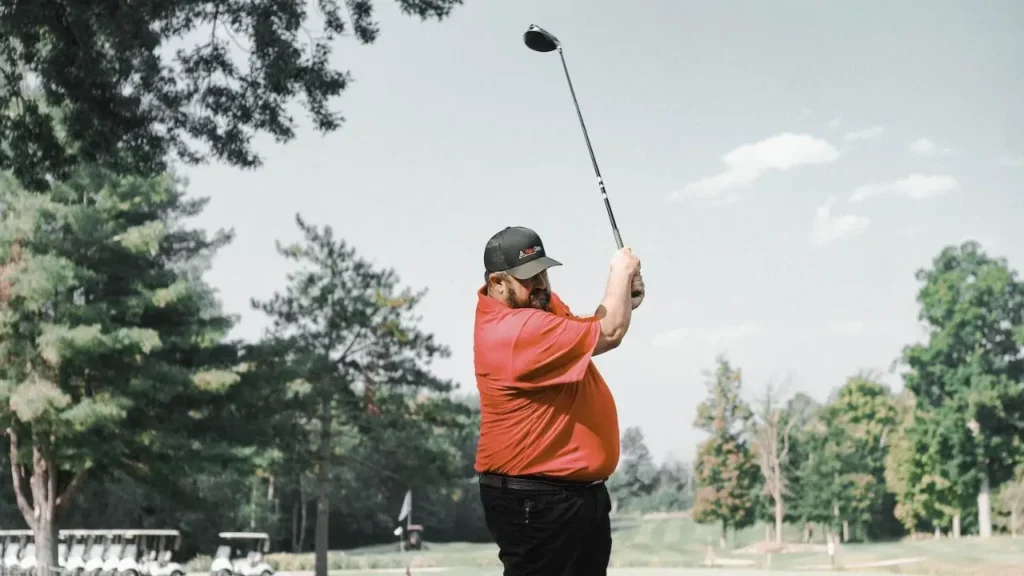
Enjoying this article? Read more:
Check out this video below from Elite Performance Golf Studios‘s YouTube channel:
Choosing the Right Wood for Your Game
When it comes to choosing the right wood for your game, it’s important to consider several factors. One of the most important things to keep in mind is how comfortable you are hitting each type of wood.
While some golfers may prefer the larger head and ease of hitting that come with a 3-wood, others may find that a 5- or 7-wood is more forgiving and easier to use. Another factor to consider is the type of golf shot scenarios you typically encounter on the course.
If you frequently find yourself in situations where you need to hit a high, long shot with plenty of carry, a 3-wood might be your best bet. On the other hand, if you’re looking for something that can help you get out of tricky lies or give you more control over ball flight, a 5 or 7 wood might be a better choice.
It’s also worth noting that some golfers have found success using hybrids instead of fairway woods. A 3-wood hybrid, for example, can offer similar distance and ball flight as a traditional 3-wood while providing more forgiveness and accuracy on off-center hits.
When it comes to club matching, many golfers choose their woods based on what they use for their drivers. For example, if you have a driver with a low loft, it might make sense to pair it with a 3 or even 4 wood rather than jumping straight down to a higher lofted club like a 5 or 7 wood.
Don’t be afraid to try out different woods and experiment with what works best for your game. Many golf retailers offer head-to-head tests where you can try out different clubs side by side.
Additionally, newer models like the TM SIM Fairways offer adjustable loft options that allow you to fine-tune your club based on specific requirements. Ultimately, choosing the right wood for your game requires a bit of toying around and figuring out what works best for you.
Whether you prefer the distance and power of a 3-wood or the forgiveness and ease of hitting that come with a 5- or 7-wood, there’s no one-size-fits-all answer. Consider your golf shot scenarios, comfort level with different woods, and desired ball flight when making your decision.
Enjoying this article? Read more:
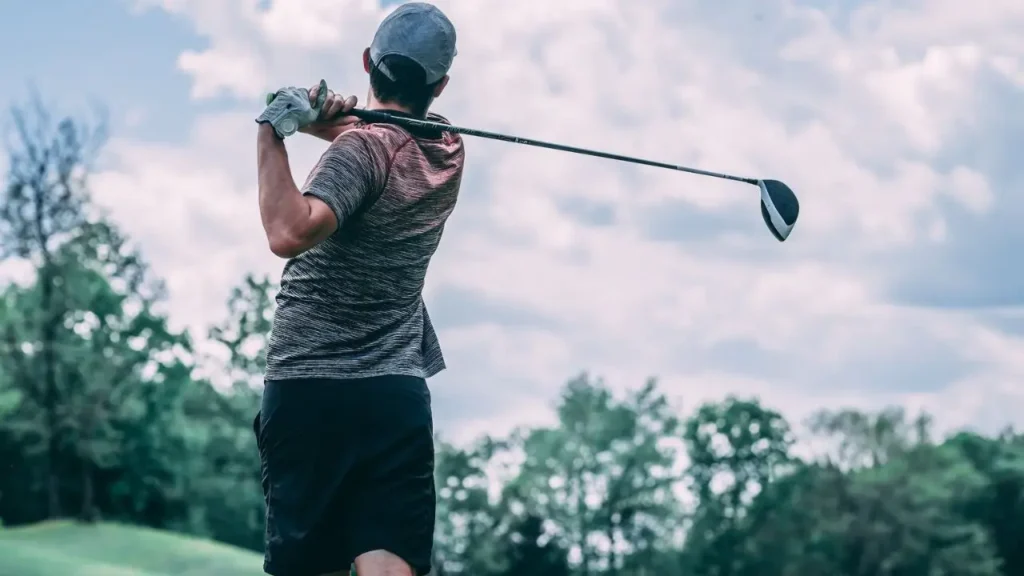
Pros and Cons of Using Each Type of Wood
3 Wood
Pros
One of the primary advantages of using a 3-wood is its length. With its lower loft, it allows for more distance and can be used off the tee as well as from the fairway. It’s also a popular option for golfers who struggle with their drivers, as it offers more control while still allowing for good hitting distance. In head-to-head comparison tests, some golfers have found that they hit their 3-wood almost as far as their driver.
Cons
The lower loft on a 3-wood can make it difficult to launch the ball high enough, especially for golfers with slower clubhead speeds. Additionally, if you struggle with hitting fairway woods consistently, then this may not be the right club for you. The overall performance can also vary depending on the brand and model you choose.
5 Wood
Pros
The 5-wood has a slightly higher loft than a 3-wood, which makes it easier to launch and provides more carry distance. It’s also easier to hit from tight lies or light rough than a longer club like a driver or a 3-wood. If you already have a driver in your bag that you’re comfortable with but need an alternative for longer shots on the fairway or approach shots, this could be an ideal choice.
Cons
One disadvantage of using a 5-wood is that its length falls short when compared to that of other clubs like drivers or even hybrids. This can lead to giving up some distance and hitting shorter shots than desired on long par fives.
7 Wood
Pros
The higher loft of the 7-wood makes it an ideal choice for those who struggle with getting enough height on their shots or who have slower swing speeds since it provides good carry distances without sacrificing accuracy or control.
Cons
On the downside, due to the shorter shaft length, one may lose some distance when compared to the 3 or 5 wood. You may also find that it’s harder to hit from the tee due to its shorter shaft length and higher loft.
Overall, each type of wood has its own set of advantages and disadvantages, and a golfer needs to choose a club that matches their swing style, golf course requirements, and individual needs. Taylormade is one of the most popular golf club brands that manufactures woods with performance as a priority. While some golfers prefer sticking with clubs from the same family (like all fairway woods), others might be toying with mixing hybrids or relying solely on irons instead. Hence, it’s always a good idea to try out different clubs before finalizing your purchase.
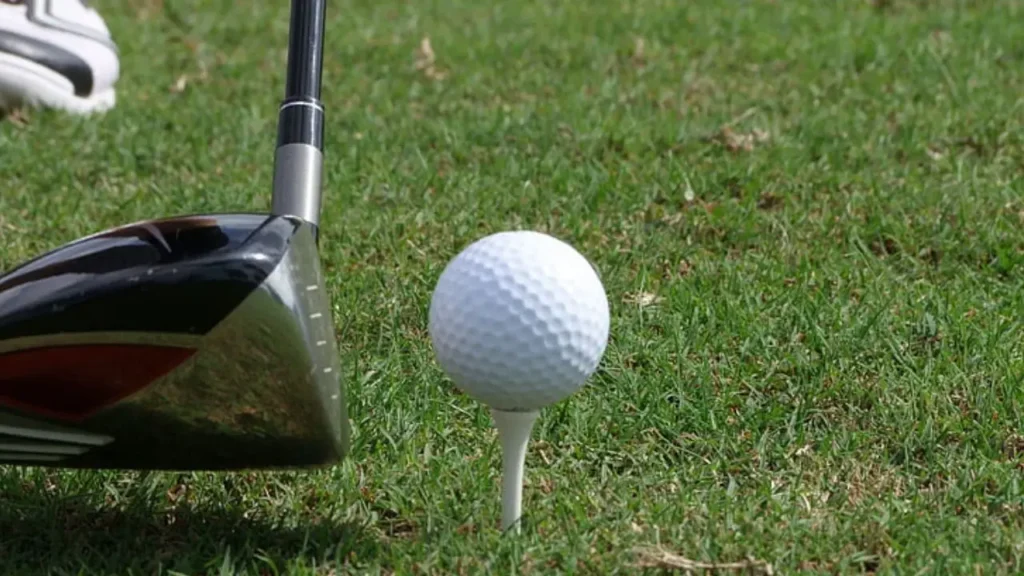
Common Misconceptions About Golf Woods
Embarking on the realm of golf clubs unveils a tapestry woven with misconceptions that often shape golfers’ decisions on the course. In this comprehensive exploration, we unravel the prevailing myths surrounding golf woods, shedding light on these beliefs that influence players’ choices and performances.
By dissecting common assumptions, we aim to equip golf enthusiasts with the knowledge needed to navigate the diverse landscape of fairway woods and hybrids, fostering a deeper understanding that transcends conventional wisdom.
- 3-Wood vs. 7-Wood: Contrary to the widely held belief that a 3-wood consistently outshines its 7-wood counterpart, nuanced scenarios emerge where the latter’s shorter shaft and higher loft present a strategic advantage. Negotiating challenging terrains or requiring additional height on shots becomes a testament to the 7-wood’s efficacy.
- Hybrids vs. Fairway Woods: In the perpetual debate between hybrids and fairway woods, where hybrids flaunt forgiveness and ease, fairway woods excel in generating substantial hitting distance. The choice at hand hinges on whether the player prioritizes the forgiving nature of hybrids or seeks to maximize yardage on their shots, contemplating the trade-offs between ease of use and power.
- Carrying Multiple Woods: Dispelling the notion of loading up on an arsenal of woods, we advocate for a streamlined approach. Choosing one or two woods aligned with the player’s style mitigates decision fatigue during the game, emphasizing quality over quantity for an efficient and effective game strategy.
- Drivers vs. Fairway Woods: While drivers command attention off the tee, fairway woods like the 3-wood or 5-wood emerge as versatile counterparts. Challenging the prevailing belief that drivers universally overshadow fairway woods, we explore how the latter can be instrumental in a variety of shots, bridging the gap between tee and green.
- Uniformity of Fairway Woods: Diving deeper into the landscape of fairway woods, we debunk the misconception of uniform performance across all models. Acknowledging the diverse range of hitting distances, loft angles, and forgiveness levels among different brands and models underscores the necessity of trial and exploration in finding the perfect fit.
As we draw the curtain on these common misconceptions, our goal is to empower golfers with knowledge that transcends the norm. Understanding the nuanced differences between club types and debunking prevalent myths ensures that players can hone their focus on versatility rather than succumbing to the lure of quantity. In doing so, we aim to elevate not only their performance but also their overall enjoyment on the vibrant green expanse of the golf course.
Conclusion
When it comes to deciding which wood to buy and use in a game of golf, the decision can often be difficult.
Each wood has its own unique characteristics that can suit different situations and players. If you’re looking for ease of use and accuracy, the 7-wood may be your best bet.
It’s forgiving enough for beginners, but it also offers experienced players some distance. On the other hand, if you’re looking for versatility and longer hitting distances, the 3-wood may be your go-to club.
It’s great for tee shots or long fairway shots where distance is key. The 5-wood could be an excellent compromise between both options, as it has a shorter shaft than a 3-wood but still provides some distance.
When considering equipment options, keep in mind that woods in the same family (i.e., the same brand) are designed to work together as part of a set and may perform better together than mixing and matching brands or models. Despite what many people think, golf woods are not just for professionals or low-handicap golfers; they offer valuable benefits to all levels of golfers, regardless of age, gender, or skill level.
Overall, if you want to improve your ball flight off the turf consistently, then woods are your answer. If you take time out to understand their strengths and weaknesses through head-to-head tests with each other in practice sessions, then they can significantly improve your scoring ability on the course.
Thanks for reading! This article has helped you make an informed decision about which wood works best for you next time you hit the course!
Share this Post
Toni Benedito
Keep Reading
Follow Us
Recent Posts

How Do Pro Golfers Get Paid? The Business of Golf
Professional golfers get paid both before and after tournaments. Before a tournament, they receive appearance fees, sometimes exceeding $1 million, to attract top players. After the tournament, earnings depend on their placement, with the PGA

How Much Do Golf Players And Pros Make? You Won’t Believe It!
Professional golfers earn substantial incomes through tournament winnings, sponsorship deals, and endorsements. Top players on the PGA Tour can make millions annually, with significant earnings from prize money and lucrative brand partnerships. For example, Rory

The Shocking Cost: How Much Does It Cost to Fly with Golf Clubs?
Flying with golf clubs can be a hassle, but it’s worth it for avid golfers. Costs vary by airline, ranging from $30 to $150 per way. Southwest Airlines offers a generous policy, allowing one set

Why Do Golfers Tape Their Fingers Before Hitting the Course?
Golfers tape their fingers to prevent injuries from repetitive motions, provide support for existing injuries, and improve grip comfort. It’s a popular technique among amateurs and pros alike, offering a lightweight and effective solution compared

How Much Does a Round of Golf Cost? Are You on Par?
The cost of a round of golf varies widely based on factors like course type, location, and time of play. Public courses typically range from $30-$100 per round, while exclusive ones like Augusta National or

Hidden Fees: How Much Does It Cost To Rent a Golf Cart
Wondering how much it costs to rent a golf cart? Explore factors like location, rental duration, and cart type impacting prices. Daily rates range from $50 to $80, while weekly rentals can vary from $200
Table of Contents



